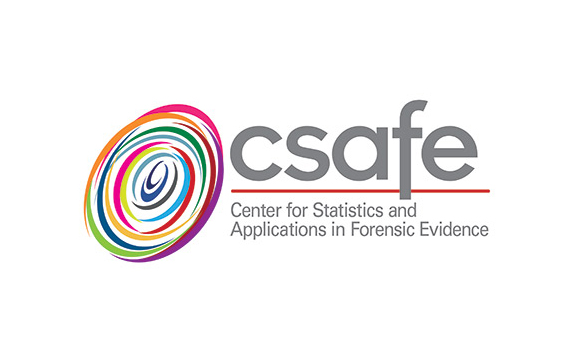CSAFE has built an extraordinary team of over 60 distinguished statisticians, scientists, and practitioners over the past two years. Since its inception in 2015, CSAFE researchers have addressed important problems in the field of forensic science by actively engaging in 29 projects that span diverse areas of human factors, pattern evidence, and digital evidence research. To support continued advancement, CSAFE is committed to ongoing efforts to expand the team and secure additional resources. In the last year, CSAFE has made significant advancements in addressing fundamental concerns in forensic science.
Year Two Accomplishments:
- CSAFE continues to fund high-quality research in statistical foundations (as well as the basic sciences on which the methodologies will build) to permit the quantification of error rates and uncertainty in pattern and digital evidence.
- At least two novel forensic techniques (a 3D-based algorithm to compare striation in bullets, and a metric to quantify the quality of latent prints) are approaching the level of development required to initiate testing in the field.
- The center has made it a priority to cultivate relationships with key individuals and organizations in the forensic science community to evaluate current practices and to aid in the understanding and processing of evidence. CSAFE’s commitment to identifying, engaging, and learning from experts in the field of forensic science led to the development of three advisory boards—senior, technical, and practitioner who provide additional leadership and strategic direction to CSAFE operations.
- CSAFE members have established partnerships with state and federal crime laboratories to evaluate current practices, to collect and analyze forensic data, and to aid in the understanding and processing of evidence.
- CSAFE has increased its visibility in the forensic community by participating in and presenting research results at professional conferences and national events.
- As a means to strengthen communication and collaboration with NIST, CSAFE faculty and students have visited NIST, and NIST team members have traveled to CSAFE facilities for the purpose of increased knowledge sharing. The two teams have identified productive ways to combine resources and work together to advance understanding and discovery in forensic sciences.
Preparations for Year Three:
Additional partnerships continue to develop rapidly, allowing greater potential for future progress. New facilities at Iowa State University, the lead institution, now allow for additional visits from personnel key to research advancements, such as long-term collaborative visits from NIST researchers. As its training and research portfolio expands, CSAFE will take advantage of staffing opportunities, and hosting of events to multiply noteworthy accomplishments relevant to the everyday practice of forensic sciences.
As CSAFE moves into year three, the team plans to dedicate significant efforts to translating groundbreaking advancements in research into practical applications. CSAFE’s goal is to increase the scientific foundations of real-world forensic science investigations with credible and reliable solutions. With the strongest and largest group of statisticians working in forensic sciences and dedicated and tremendously accomplished faculty, staff, students, and collaborators, CSAFE is confident it will succeed in this mission. Stay up-to-date on the latest CSAFE accomplishments by visiting our website news page.




